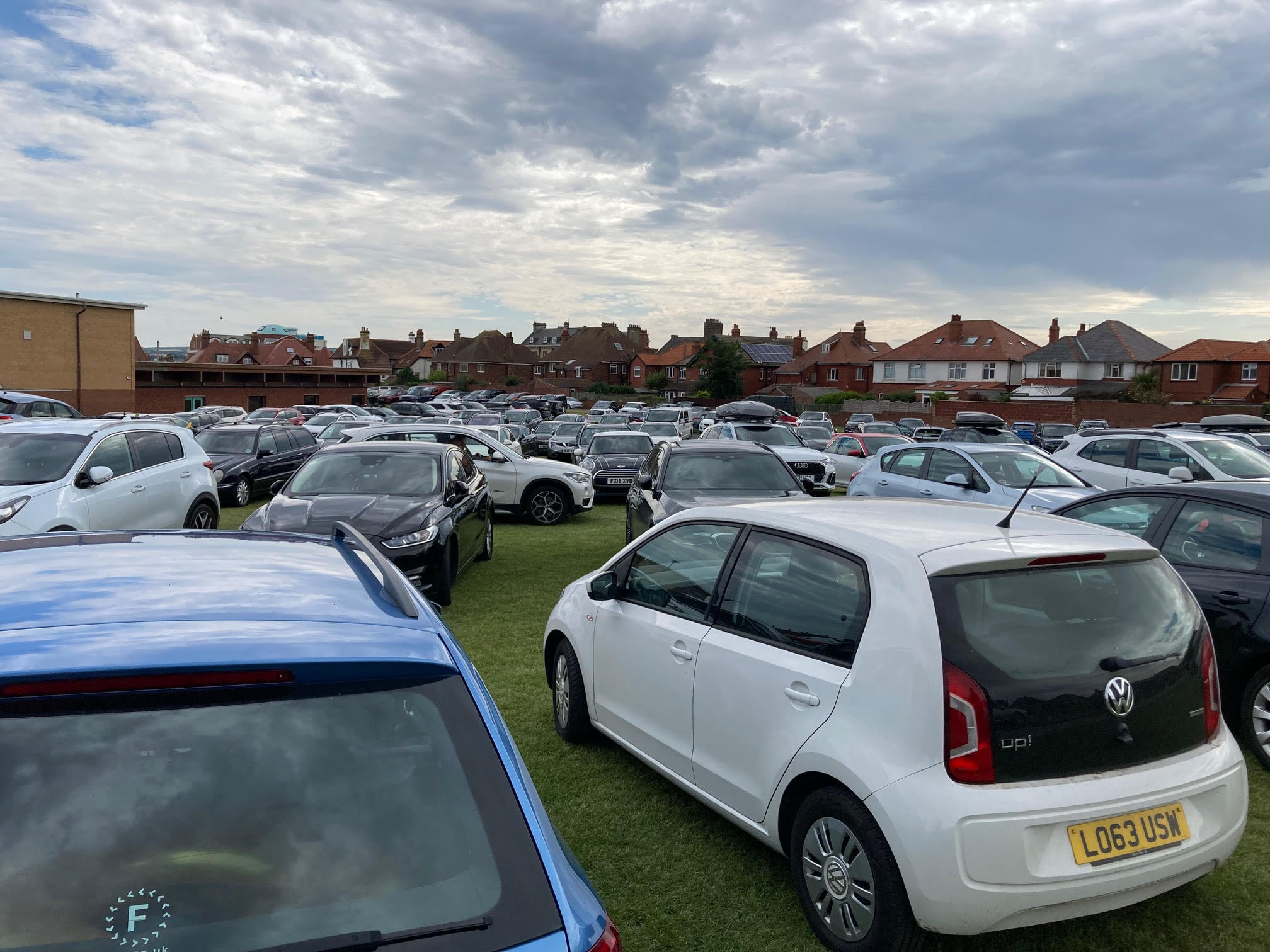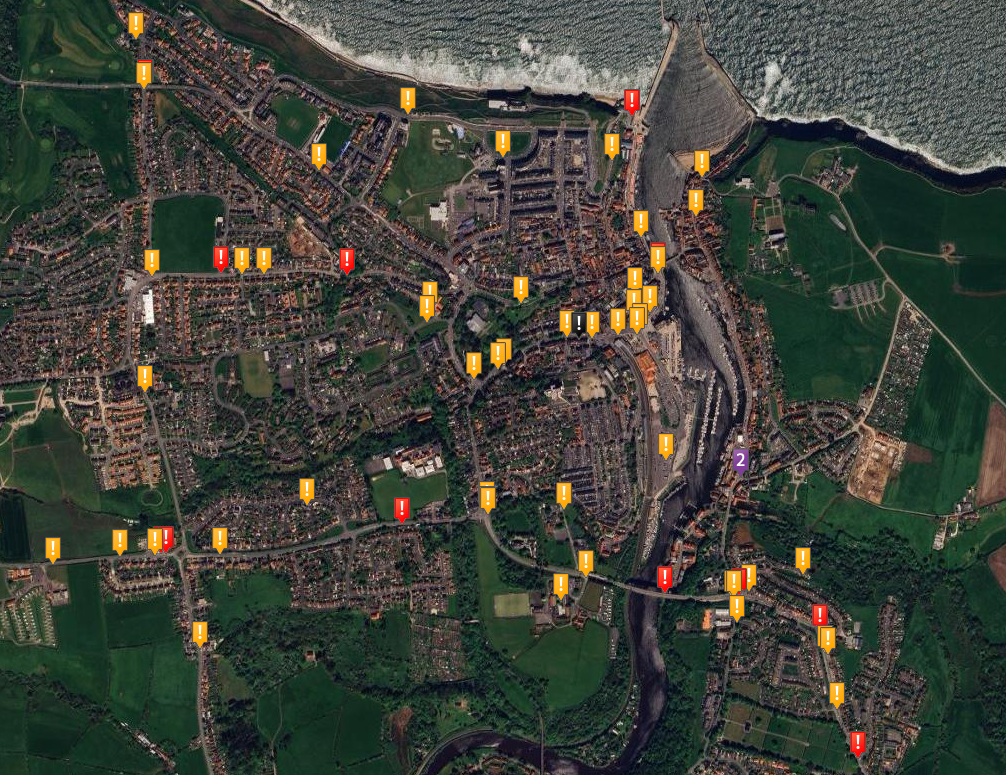
In the Vision for Whitby 2023 consultation, residents registered many problems with the current car parking situation and the need for a car parking review promised back in 2018. This review has to provide ample parking for residents first and foremost, and to aim to move much more visitor parking out of the town centre.




